
What are the requirements for exporting batteries to Europe?
On JULy 28, 2023, the EU released the new Batteries and Waste Batteries Regulation (EU) 2023/1542, effective from August 17, 2023, replacing the previous Directive 2006/66/EC. The new regulation governs the entire lifecycle of batteries, from production to reuse and recycling, ensuring their safety, sustainability, and competitiveness, significantly impacting battery-related businesses.
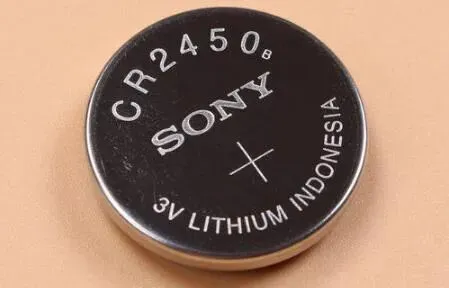
The new battery regulation applies to all categories of batteries, classified into five categories based on their design purposes:
1. Portable Batteries: Any sealed battery weighing less than 5 kg, not designed for industrial use, nor for electric or automotive purposes.
2. Light Means of Transport (LMT) Batteries: Sealed batteries weighing 25 kg or less, designed to provide traction power to wheeled vehicles such as electric scooters and bicycles.
3. Starting, Lighting, and Ignition (SLI) Batteries: Any battery used solely for starting, lighting, or ignition of automotive vehicles (such as fuel cars) and for auxiliary or backup purposes in vehicles, other transport means, or machinery.
4. Industrial Batteries: Any battery designed for industrial use, excluding portable, LMT, SLI, and electric vehicle batteries.
5. Electric Vehicle (EV) Batteries: Batteries specifically designed to provide road traction power to hybrid and electric vehicles.
The new battery regulation specifies:
- Sustainability and Safety Requirements: Including hazardous substances, carbon footprint, recycled materials, battery performance and durability, removability, and replaceability.
- Labeling, Marking, and Information Requirements: Covering general information, capacity information, QR codes, separate collection symbols, ce marking, battery health status, and expected lifespan.
- Conformity Requirements: Including general specifications, conformity assessment, EU declaration of conformity, and CE marking.
Additionally, the regulation imposes due diligence obligations on econoMIC operators placing batteries on the market or putting them into use, mandates green public procurement requirements when sourcing batteries or products containing batteries, and sets requirements for extended producer responsibility, waste battery management, and battery passports.
Hazardous Substance Control Requirements
The new regulation specifies that, in addition to meeting the hazardous substance requirements of the EU reach regulation Annex XVII and the EU ELV Directive, batteries must not contain restricted substances listed below.
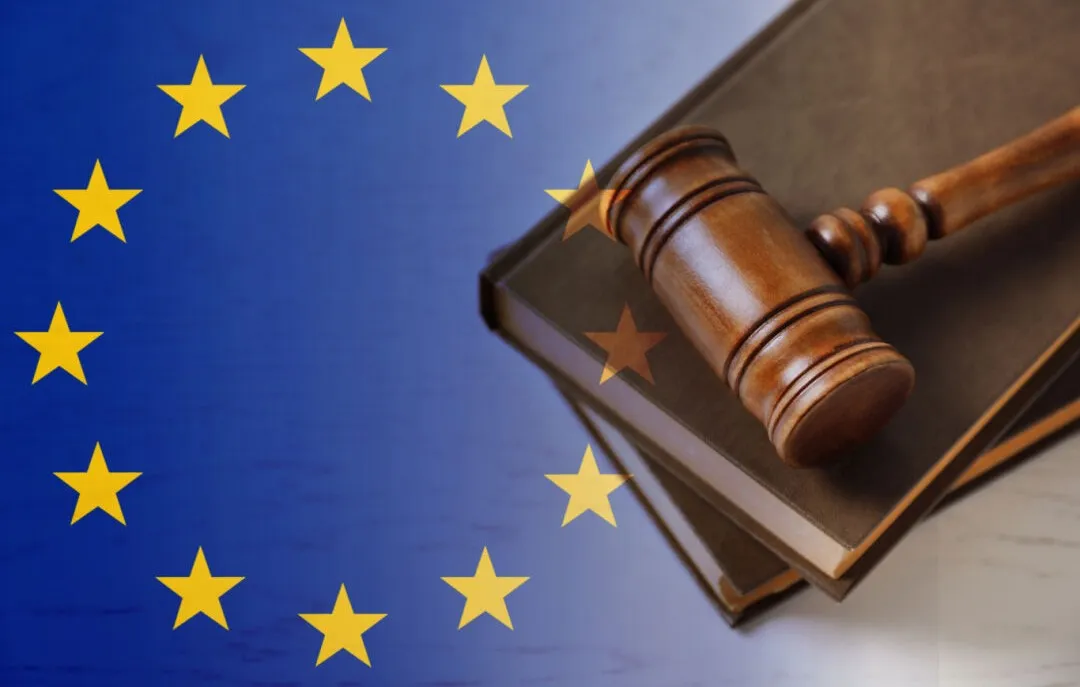
Carbon Footprint Requirements
The carbon footprint requirements apply to EV batteries, rechargeable industrial batteries (with a capacity greater than 2 kWh), and LMT batteries, divided into three stages:
1. Including a carbon footprint declaration in the accompanying technical documentation.
2. Adding a battery carbon footprint performance label and declaring carbon footprint calculation compliance in the technical documentation.
3. Demonstrating in the accompanying technical documentation that the battery's lifecycle carbon footprint is below the regulatory threshold.
Battery Labeling and Marking Requirements
1. General Information: From August 18, 2026, all batteries must be labeled with manufacturer information, battery type, chemical composition, and other hazardous substances, critical raw materials, and other ten items.
2. Capacity Information: From August 18, 2026, rechargeable portable batteries, LMT batteries, and SLI batteries must be labeled with capacity information. Non-rechargeable portable batteries must indicate the minimum average continuous discharge time and be marked "Non-rechargeable."
3. Separate Collection Symbol: From August 18, 2025, all batteries must bear a separate collection symbol. Batteries with cadmium content exceeding 0.002% or lead content exceeding 0.004% must add the respective chemical element symbol (Cd or Pb) under the "waste bin" symbol.
4. QR Code: All batteries must have a QR code. From February 18, 2027, all batteries must be marked with a QR code that contrasts strongly with the background color and is readable by commonly used QR code readers (such as those integrated into handheld communication devices). The information must be complete, up-to-date, and accurate. The information contained in the QR code varies by battery type:
- For LMT batteries, industrial batteries with a capacity greater than 2 kWh, and EV batteries, a battery passport must be provided.
- For other batteries, it should include general information, battery classification collection symbol, relevant chemical symbols for heavy metal content, declaration of conformity, due diligence report, and information on the prevention and management of waste batteries.
- For SLI batteries, it should include the content of cobalt, lead, lithium, or nickel in the active materials recoveRED from waste.
5. CE Marking and EU Declaration of Conformity: Batteries must be CE marked and accompanied by an EU declaration of conformity before being placed on the market.
Note: Ensure to follow all the specific guidelines and requirements mentioned in the new regulation for compliance and safe export of batteries to Europe.
Email:hello@jjrlab.com
Write your message here and send it to us
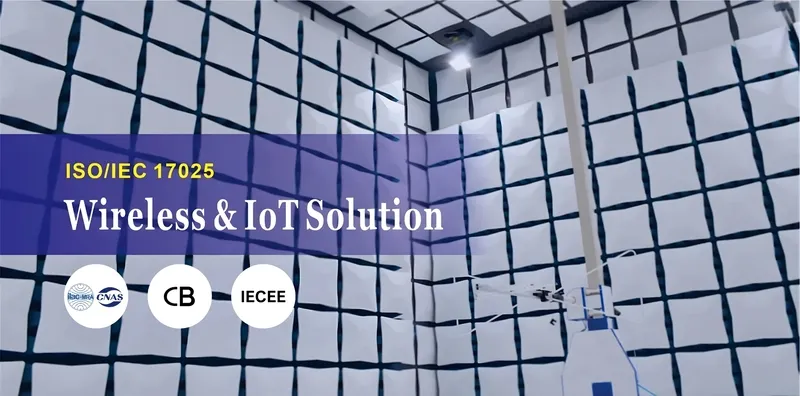 CE-Zertifizierung für elektronische Geräte
CE-Zertifizierung für elektronische Geräte
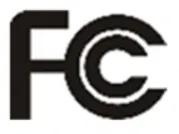 Was ist FCC Part 15 Testing?
Was ist FCC Part 15 Testing?
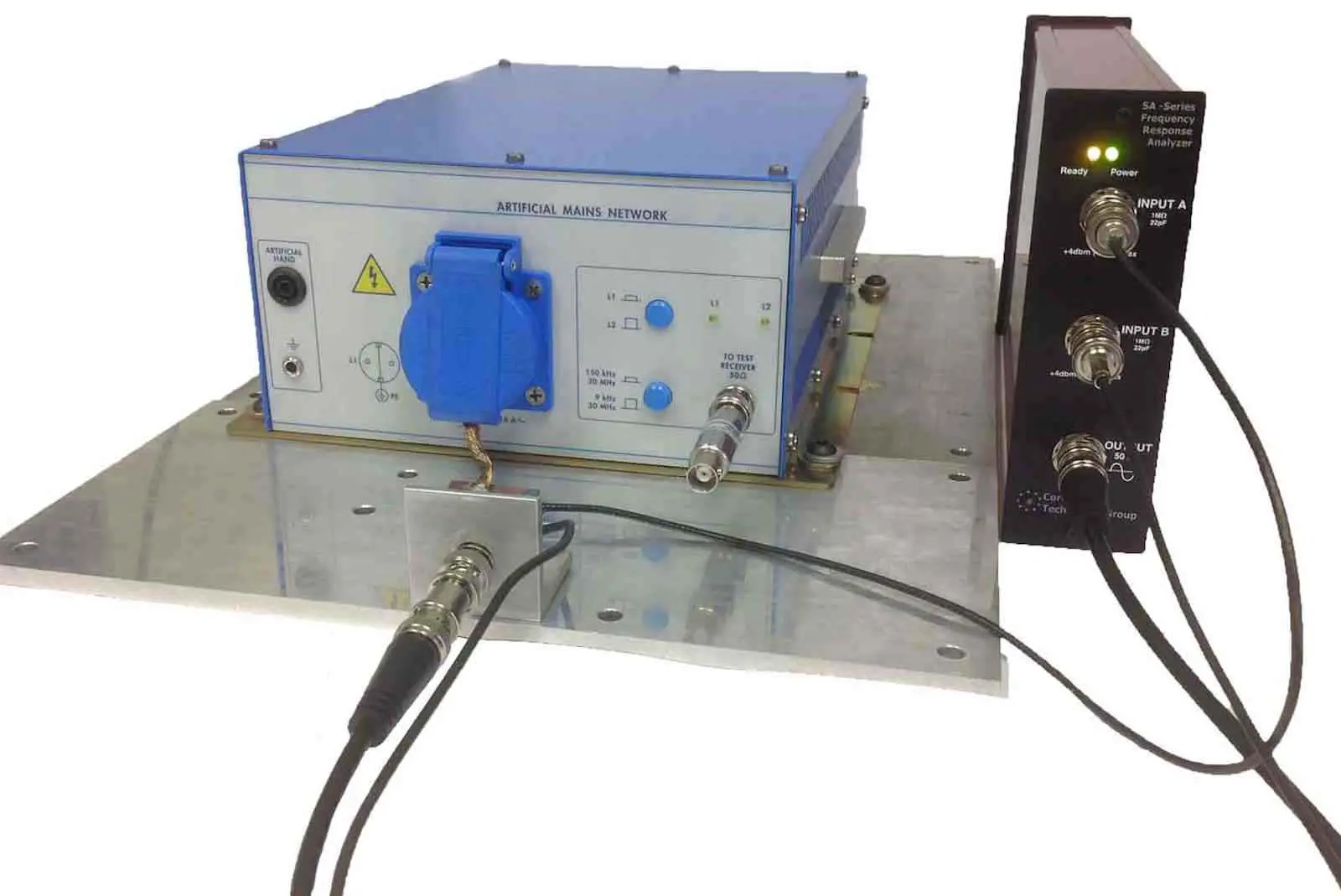 IEC EN 60601 Elektrische Sicherheitstestung
IEC EN 60601 Elektrische Sicherheitstestung
 Wie viel kostet die FCC-Zertifizierung in den USA
Wie viel kostet die FCC-Zertifizierung in den USA
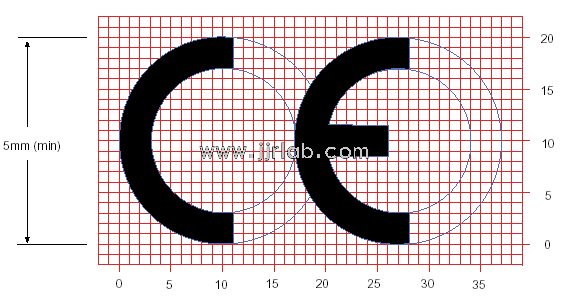 Was bedeutet CE-Kennzeichnungszertifizierung
Was bedeutet CE-Kennzeichnungszertifizierung
 Single-Mode- und Dual-Mode-Geräte FCC-ID-Zertifizi
Single-Mode- und Dual-Mode-Geräte FCC-ID-Zertifizi
 Wie man das US-GCC-Zertifikat erhält
Wie man das US-GCC-Zertifikat erhält
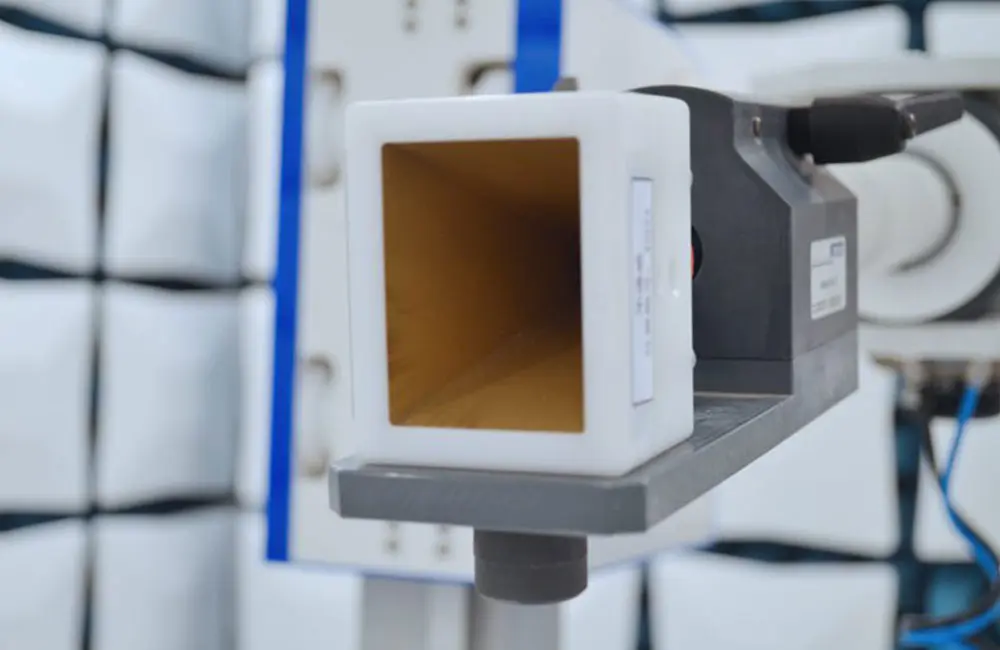 EU-Ladegeräte-Richtlinie (EU) 2022/2380 Prüfung
EU-Ladegeräte-Richtlinie (EU) 2022/2380 Prüfung
Leave us a message
24-hour online customer service at any time to respond, so that you worry!




